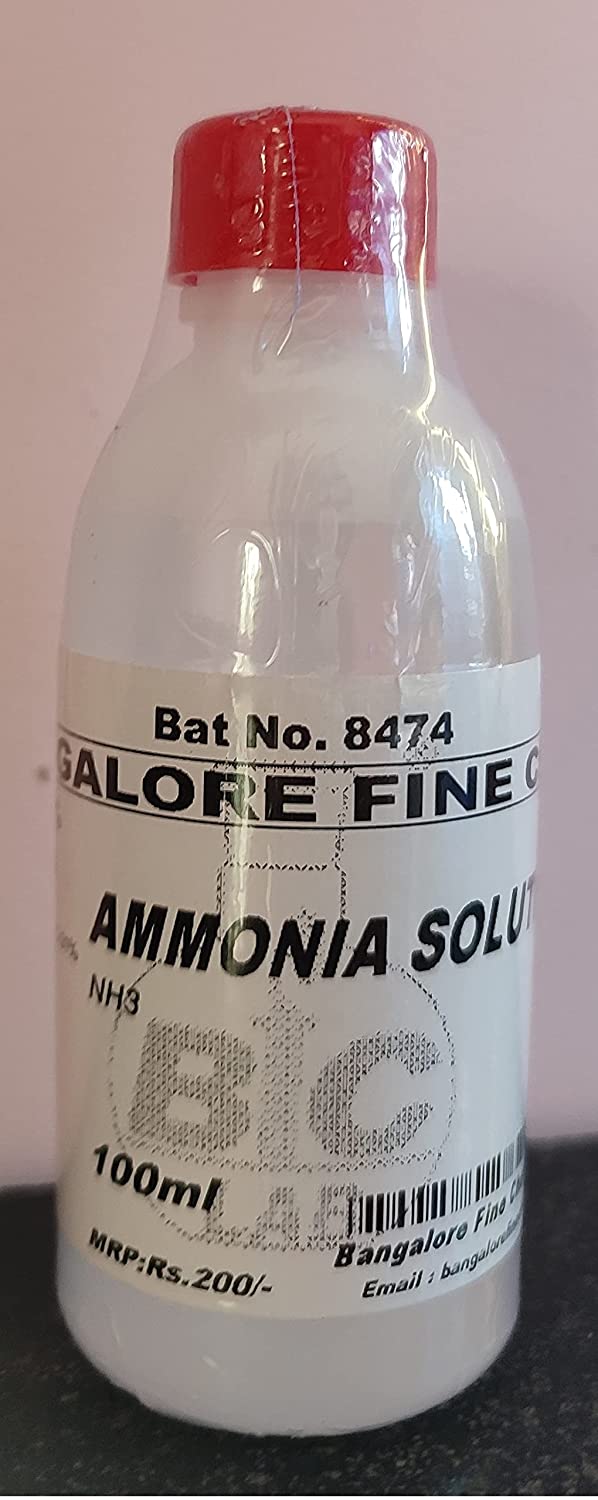Ammonia (NH3) is a chemical compound found naturally in the environment and used for numerous industrial applications. It is composed of nitrogen and hydrogen atoms, making up approximately 80% of Earth’s atmosphere. Ammonia has been known since ancient times, with references to it appearing in Aristotle’s work On Plants written in 350 BC.
As an industrial chemical, ammonia was first synthesized from atmospheric nitrogen by German chemist Fritz Haber in 1909 using his now-famous Haber process. This process involves combining gaseous nitrogen and hydrogen gas at high temperatures over an iron oxide catalyst to form ammonium nitrate which can then be further processed into ammonia gas or liquid ammonia solution as needed. In addition to its use as a fertilizer, ammonia has many other uses including being used as a refrigerant due to its low boiling point (-33 oC), cleaning agent due to its alkaline properties, intermediate step for producing synthetic fibers such as nylon, manufacture of explosives such as TNT or dynamite ,and even rocket fuel propellant components when combined with oxygen and hydrocarbons .
Despite all these useful applications however, exposure to high concentrations of ammonia gas can cause serious health effects such as eye irritation/burns , difficulty breathing , skin burns ,and even coma or death if exposed long enough . As such it is important that workers exposed to this substance wear appropriate protective equipment when working around concentrated forms of NH3 . Additionally those living near large scale production sites should also take care not expose themselves unnecessarily through proper ventilation systems set up within their homes.
In conclusion, despite its potentially hazardous nature when handled improperly Ammonia remains one of the most versatile chemicals available today find uses ranging from agriculture needs all the way up advanced rocket propulsion systems ensuring our place among the stars!


